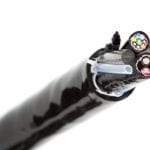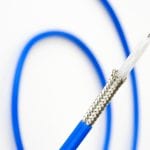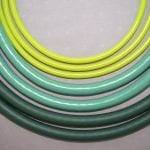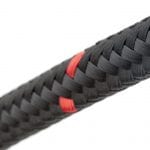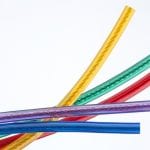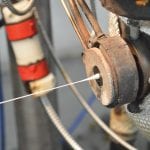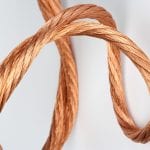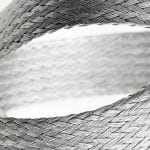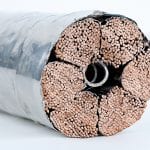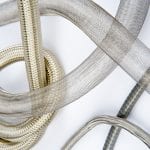In the 21st century, high quality sound can seem like a dinosaur—a remnant of a bygone age in an era where the majority of music exists in low-resolution mp3 form and gets played through a pair of Earbuds. Why then, do artists and music producers still insist on recording at multi-million dollar studios like Ocean Way or Abbey Road? Why do equipment manufacturers continue to release audiophile-quality speaker systems to a general public that seems neither implicated nor interested in enjoying an immersive musical experience?
The short answer, of course, is because the music consumer demands it. It’s important to draw a line between the music consumer and the music window-shopper. The former is willing to pay for a more immersive experience, while the latter is perfectly happy with a $0.99 download or, even better, a free stream through Wi-Fi.
Do these music consumers still exist? If sales figures are any evidence, you bet they do. This is why the Recording Industry Association of America recorded a 52% increase in the sales of vinyl for the year 2015: the year vinyl outsold ad-supported streaming services. People want more than they are getting, and that demand has been shown to be growing. Alongside that demand grows the market for high quality audio devices.
What Is High Quality Sound?
At this point, you may be wondering what we mean by high quality sound. After all, “sound quality” is subjective right? What sounds good to one listener’s ears may sound unpleasant to another’s. Well, according to years of research by Harman Innovation, we can assert a pretty conclusive answer: No, sound quality is not subjective.
The basis for high quality sound starts with the desire to reproduce the original signal as faithfully as possible. That original signal may be a voice, an electric guitar or an entire 80-person orchestra. A perfect reproduction of that sound will fool your brain into believing that the signal producer—the speaker, guitar player or entire orchestra—is right in front of you. Whether you like that particular signal is a subjective matter, but the quality of its reproduction is thoroughly objective. This is also confirmed by research: even children have been shown to be attracted to higher quality music recordings, despite not knowing why.
Unfortunately, convincingly reproducing recorded sounds is not as simple as it seems. The laws of physics have conspired to make it very challenging from an engineering point of view. Consider, for instance, that a ribbon tweeter is made of an ultra-thin piece of aluminum foil suspended in a magnetic field. This provides an extraordinarily clear sound delivery, but requires precision-crafted parts of high quality to function properly. On the other hand, piezo tweeters basically consist of a ceramic disc bound to a slightly larger bronze disc—think Motorola cellphone speakers from the mid-2000s—it doesn’t take an audiophile to tell the difference there.
High Quality Components Reduce Sound Degradation
Understanding how high end components improve acoustic experiences requires an understanding of how audio signals degrade. No matter what kind of system you are listening to a sound source through, the signal degrades at every stage in its process. High quality components don’t improve acoustic signals, they improve acoustic experiences by degrading the signal less. This is one of the most important laws of sound reproduction and acoustic engineering.
An audiophile speaker system that uses the best components on the market actually does nothing more than faithfully reproduce the original recorded sound of whatever you play through it. A consumer-quality stereo system, on the other hand, degrades the sound significantly because it uses cheaper parts in less innovative ways. This is why you’ll never get to perfectly reproduce the experience of John Coltrane and Thelonious Monk playing at the Five Spot Club in New York—but you can inch closer by using parts and components that respect the original fidelity of the sound.
Doing so, however, requires a total commitment to top-notch sound from the ground up. A degraded signal passing through a perfect signal transducer will be perfectly reproduced…as a degraded signal. Since audio signals can degrade at every point in an audio system, audio equipment manufacturers need to invest in more than just high-end amplifiers and drivers. Top-quality cables like those made by New England Wire Technologies are an essential part of the process.
Custom Design

About Our Engineers
Innovative solutions start with an experienced team of engineers, armed with the latest design tools and technology. Our focus on understanding the individual, complex challenges of our customers and designing solutions that fit, is why we have been trusted as the industry leader for over 100 years.







